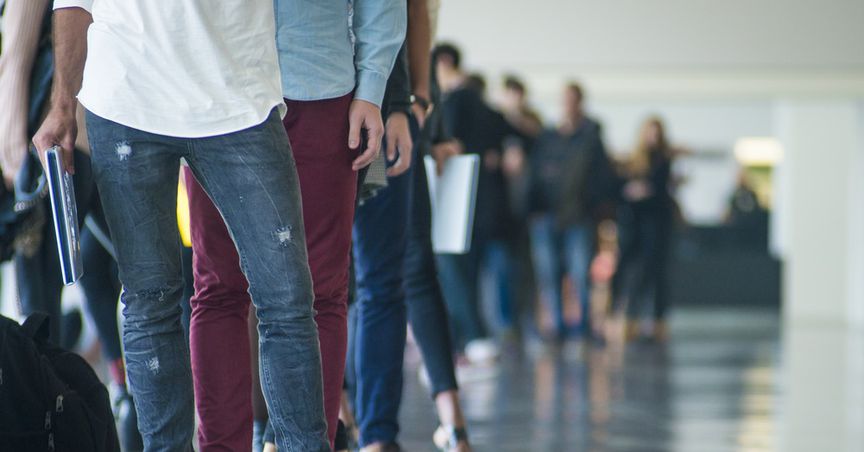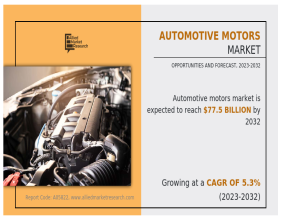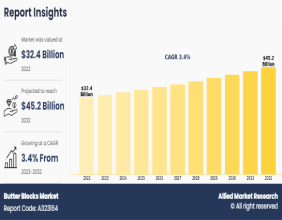Summary
- With the economy gradually reopening, broad-based improvement in business conditions in the country has been reported by NAB.
- Australia's unemployment rate is expected to hit eight per cent, though the forecast is looking less grim as the health situation improves.
- Australian Government’s Department of Health reveals that there are 7,267 confirmed cases of COVID-19 with 102 reported deaths (9 June 2020).
In April 2020, Australia seemed to be on a trajectory to report a double-digit unemployment figure owing to the novel coronavirus pandemic. But a lot has happened in the past month - the country seems to be winning the war against the invisible enemy, its economy is reopening, and as per NAB’s recent monthly business survey from May 2020, business and trading confidence seems to be picking up, indicating that expected jobless rate might not be as harsh as what one could project in April.
Treasury Revises Down Expected Jobless Rate
In mid-April, there was a buzz that Australia is headed for double-digit unemployment, credits to COVID-19 hues. The spike rate was anticipated to soar from the pre-pandemic level of approximately 5 per cent to almost double in mid-year. In its Economic Outlook report published in May 2020, the Reserve Bank of Australia (RBA) estimated that the total hours worked could plummet by about 20 per cent while the unemployment rate was anticipated to hit ~10 per cent in the June quarter. If accomplished, this would be the sharpest rate of unemployment on record since 1994!
Currently, the jobless rate/ unemployment rate is 6.2 per cent, as per the Australian Bureau of Statistics (ABS).
However, the JobKeeper payment was a silver lining in this accord, which substantially reduced the number of job losses that would otherwise have transpired. This was coupled with the hope that a stronger economic recovery is possible, that would reverse the rise in the unemployment rate over time.
Now that we are in June, the trend seems to have undergone a favourable change. Reportedly, Treasury Secretary Steven Kennedy believes that the overall economic impact and level of unemployment in the country are slightly better now-which translates into the fact that the unemployment rate won't go as high as previously thought, and is expected to be in the order of 8 per cent around September 2020.
The snowball effect has been foreseeable owing to the way restrictions were lifted in Australia and the economy finally reopening vigilantly, though the degree varies from state to state. Moreover, driven by better trading conditions and profitability with the virus war being well countered, business and consumer confidence is returning, reveals the NAB Business Survey for May 2020.
NAB Business Survey for May 2020
Now that we understand that the Treasury has revised down the expected jobless rate to around 8 per cent let us cast an eye over another report that demonstrates a broad-based improvement in business conditions in the country - NAB’s Monthly Business Survey for May 2020-
The survey reveals that confidence rebounded for a second consecutive month, rising 25 points to -20 index points. However, it is still at a level last seen in the 1990s recession after the massive decline in March. Though trading conditions (up 13 points) and profitability (up 16 points) were the catalysts for the improvement in conditions, an instrumental driver has been the employment data which saw a more marginal increase. The employment index demonstrates tentative signs of stabilisation but is still very negative and implies ongoing shedding of jobs.
Retail prices were flat in May 2020, while overall final products prices declined by 0.3 per cent in quarterly terms. Purchase costs increased slightly after falling last month, suggesting some pressure on margins, while labour costs declined at a slower rate.
Speaking of sectors, a broad-based improvement was witnessed in the non-mining sector. Manufacturing, construction, retail, and rec & personal saw increases between 11 to 16 points, and finance, business & property services and transport & utilities saw marginal increases. The services sectors remained notably weaker than the other industries.
Speaking of states, conditions increased in most states, although only marginally in Queensland. They remain weakest in WA and SA and declined 12 points in Tasmania. NSW is still witnessing adverse conditions but has illustrated the best outcomes on activity across the country.
Casting an eye on other indicators - forward orders saw a modest improvement but remain below the levels seen in the 1990s recession. Capacity utilisation saw a notable rebound post the record decline in April but remains historically weak.
For more details on NAB’s May 2020 Business Survey, READ HERE- NAB in Discussion: Issue of Subordinated Notes, Announces May 2020 Business Survey
JobKeeper Wage Subsidy Program Update
The JobKeeper wage subsidy program was first announced on 30 March and is deemed as the core component of the Federal Government’s business support package in response to the COVID-19 pandemic. It intends to help keep more Aussies in jobs and back businesses that are influenced by the substantial economic impact of COVID-19.
It is a $1,500 per fortnight per employee wage subsidy paid by the Fed to employers until 27 September 2020. The estimated cost of this measure was initially reported to be $130 billion, and the scheme operates via a reimbursement system.
However, what is one of the biggest policy miscalculations in Australian political history- the Treasury announced that there had been a colossal reporting blunder. The JobKeeper scheme was costing not $130 billion (as formerly estimated) but $70 billion and was backing close to 3.5 million (and not 6 million as stated before) workers.
Recently, Mr Kennedy has held complete onus for the $60 billion worth over-estimation of the program.
While the improving business and consumer confidence is a sign of optimism, the ramifications of the COVID-19 crisis have been severe, and it would require significant time for the economy to get back to ‘near normal’, if not normal.
Note: All currencies in Australian Dollars, unless stated otherwise.



